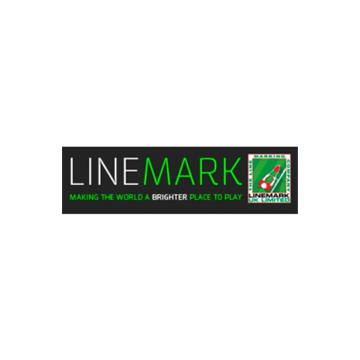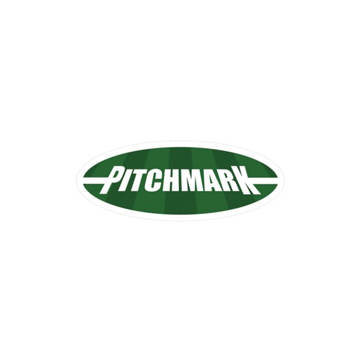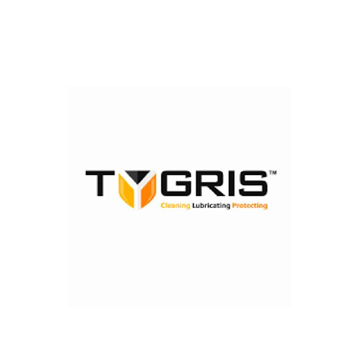The Dimensions of a Tennis Court
Tennis unfolds on diverse surfaces, like clay, grass, and hard courts. The precision of line marking is crucial to upholding the integrity of each distinct playing field.
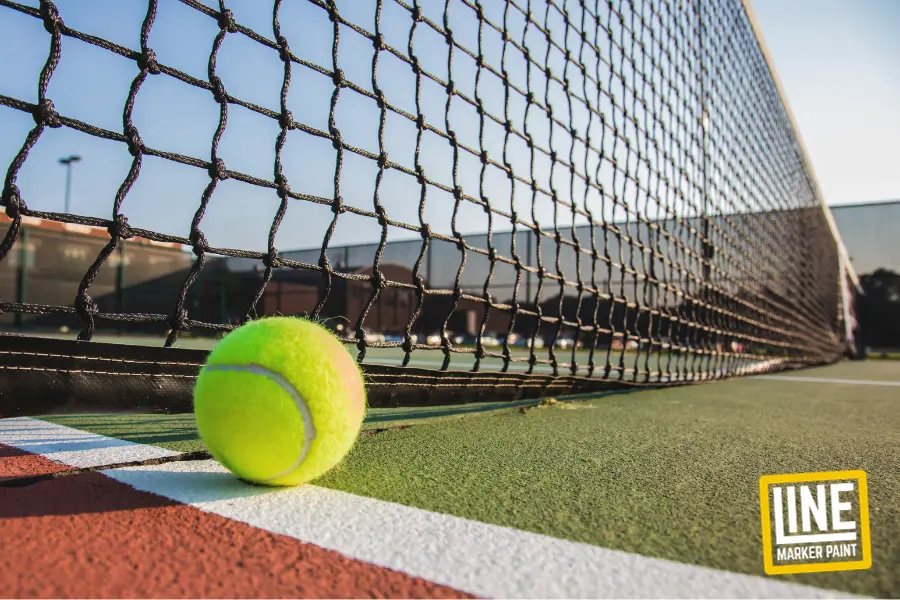
INTRODUCTION:
Tennis has to be one of the most frequently played racket sports in the world. It is a popular spectator sport all over the world and has millions of recreational players. The Grand Slam tournaments, including the Australian Open, the French Open (Roland-Garros), Wimbledon, and the US Open, are considered to be the most prestigious events in the tennis calendar. The four tournaments are played on three different courts, namely hard courts, clay courts, and grass courts. Each type of court offers a unique playing experience and requires different strategies and skills. However, apart from the players' intense competition and high level of athleticism, there is one aspect of these competitions that they all have in common: the court dimensions. In order to understand the game better, it is important to know the dimensions of a tennis court.
OVERALL DIMENSIONS:
Whether it's the blistering serves on hard courts, the long rallies on clay courts, or the quick and unpredictable movements on grass courts, each tournament showcases the incredible talent and determination of professional tennis players. As defined by the International Tennis Federation, the players are to play on a court that is 23.77 metres long and 8.23 metres wide for singles matches and 10.97 metres wide for doubles matches. The total area of a tennis court is roughly 195.65 square metres for singles matches and 260.87 square metres for doubles matches.
The net in the middle extends from one sideline to another. It is 1.07 metres high at the two ends and drops to 0.914 metres in the middle. The service lines are 6.4 metres from the net and drawn parallel to it. They also divide the court into two equal halves. Tennis court lines are typically two inches wide, while the baseline may extend to four inches. With regulated dimensions, it ensures a fair and challenging playing field for the players, allowing them to showcase their skills and strategies effectively.
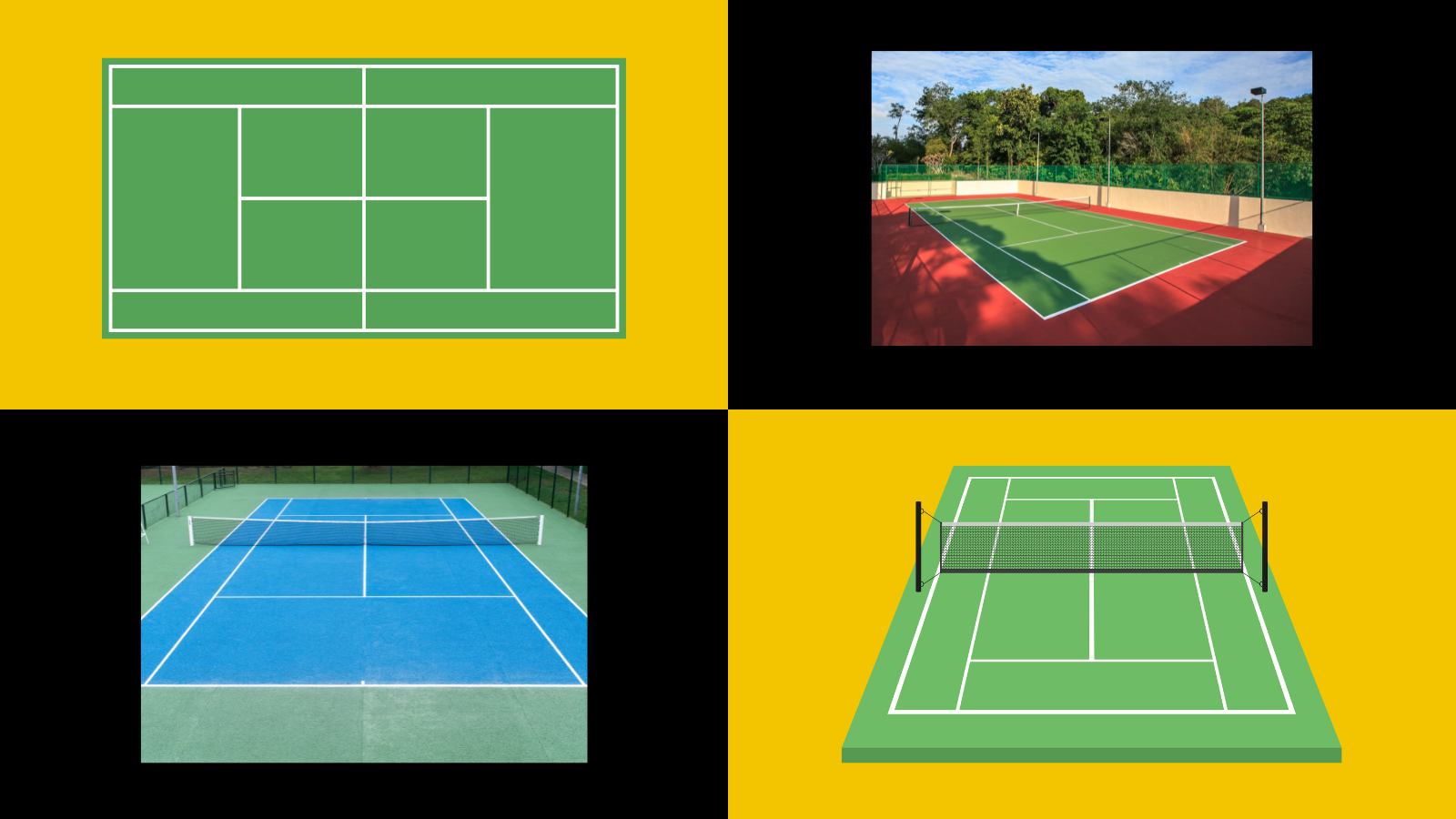
SIDELINES:
As previously stated, the tennis court measures 23.77 metres in length. It is equipped with two sets of sidelines, specifically designated for singles and doubles play. The singles' sidelines are spaced 8.23 metres apart, whereas the doubles sidelines extend to a width of 10.97 metres. Accordingly, the court requires a total of four sidelines to establish its boundaries.
Estimation: With a standard Zebra line marking machine, approximately 0.38 litres of paint would be needed for four sidelines.
BASELINES:
Both the singles and doubles share the same baseline. They are both located at the ends of the court. The baseline is the furthest line from the net and is used as a reference point for serving and returning shots. Each of them is 10.97 metres long and can be up to 4 inches wide.
Estimation: With a standard Zebra line marking machine, approximately 0.09 litres of paint would be needed for two baselines.
SERVICE LINES:
The service line is parallel to the baseline and is drawn 6.40 metres from the net. It only extends across the width of the singles' court, which is 8.23 metres. There is also a centre service line joining the two service lines, which divides the court into two equal halves. The centre service line is perpendicular to the baseline. The service lines mark the area where players must serve the ball, also known as the service court. In a tennis game, players serve the ball from behind the baseline to either one of the service courts, depending on which side they are serving from.
Estimation: With a standard Zebra line marking machine, approximately 0.12 litres of paint would be needed for two service lines and one centre service line.
MARKING THE LINE:
Line Marker Paint offers a wide array of products designed for marking tennis courts. Among our line marking machines, applicators, and paints, the Zebra Line Marking System is a particular favourite. Renowned for its exceptional adaptability, this system is well-suited for use on grass surfaces as well as various hard surfaces like tennis courts and car parks. What sets the Zebra Line Marking System apart is its unique paint formula, which features a greater concentration of pigment solids than its competitors. This characteristic enables it to produce vibrant, precise lines that are an ideal fit for any tennis court.
On average, a standard tennis court requires approximately 0.58 litres of paint, allowing coverage for a maximum distance of 147 metres. For a more accurate estimate tailored to your specific field dimensions, we recommend trying out our new line marking paint calculator. If you prefer professional assistance with your line marking project, our team of experts is available to provide guidance and advice. Feel free to contact us via phone or Live Chat without hesitation.












